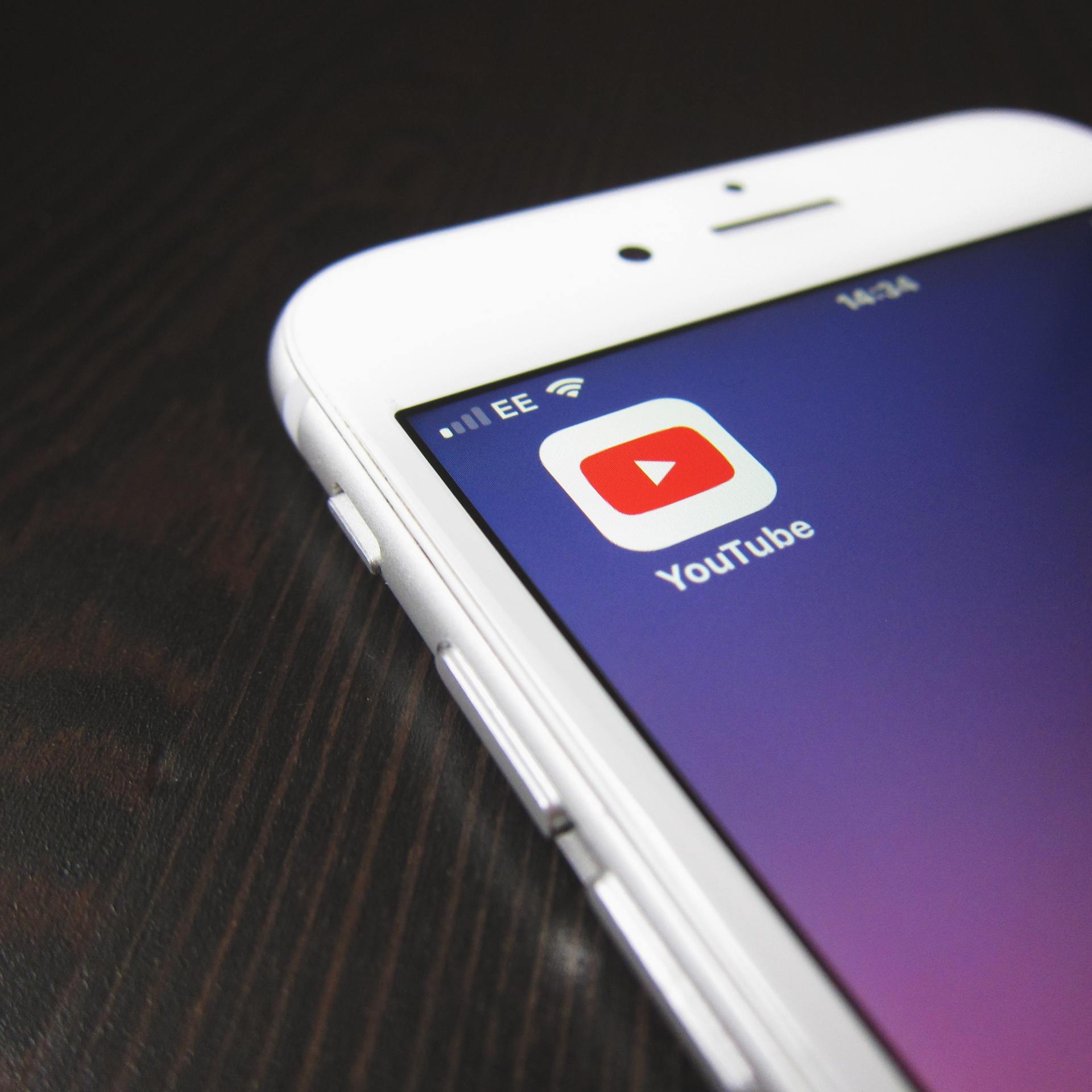Not all videos are created equally

We work with a number of television advertisers who are dabbling in digital marketing for the first time. When the subject of ONLINE VIDEO comes up, it's common for those advertisers to assume their TV commercial can translate directly to online video. Although we've seen success with the same video playing on both platforms, we always encourage advertisers to create one specifically for the internet. Here's why:
1 - Online videos are sometimes skippable.
Although not all online videos can be skipped, many of them can. Advertisers need to be aware of this and create a video that will get the message across in the first five seconds.
2 - Viewers don't want to watch your ad.
With television, commercials are part of the experience. It's assumed that there will be commercials, and those continue to be very effective within that medium. However, in the digital space viewers can get annoyed with traditional 30-second commercial spots. So give them something that will make them smile.
3 - Attention spans are low.
This seems obvious, but think about how many times you click, tap, or scroll every minute. There's always something on the internet vying for our attention.
What you can do:
1 - Create shorter segments.
We are a huge fan of the 10-second pre-roll. If you can't say everything in 10 seconds, then create multiple ads.
2 - Be bold. Be creative. Get to the point.
Have fun with your video. Don't be afraid to do something that you wouldn't typically do on TV. If you're running a special, sale, or event, that should be the very first thing mentioned in the ad.
3 - Create a call-to-action
There's nothing wrong with a branding campaign, but a good call-to-action will ALWAYS get you more clicks. If your goal is website traffic, then give them a legit reason to go to the website.










